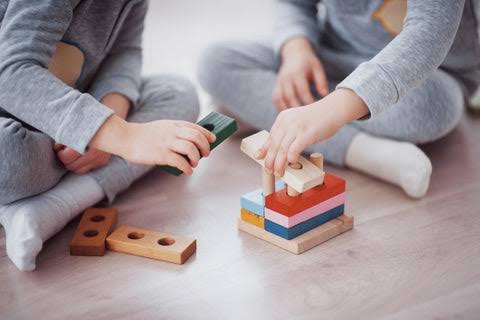oneToys or toys” It is a project used by children to play games, mainly designed for specific purposes. Playing with toys can be a pleasant means to train young children to live in society because children love toys very much.
Have you ever wondered why there are so many kids who can gather in a specific location just to play with a toy? Or did you spend some time looking or feeling how happy they are when they play with toys? Even if sometimes they can only watch their friends play with their toys, even though they are not even the ones they play with, are they still happy and smiling with that friend?

OK, kids love toys. If you have any questions about this, just take your kids to the toy store. He/she may find many things that he/she feels she cannot do without.
Toys are more than just fun kids. Most toys offer at least some opportunities for children to learn. The best toys will attract children’s senses, trigger their imaginations, and encourage them to interact with others.
Toys enhance children’s development because toys (such as toys, which can be used in multiple ways in humans and animals). They provide entertainment while fulfilling their educational role.
Toys enhance cognitive behavior and stimulate creativity. They help develop the physical and mental skills necessary for later life.
Different materials such as wood, clay, paper and plastic are used to make toys. Many items are designed to be used as toys, but items for other purposes may be used. For example, a child can fold ordinary paper into the shape of an airplane and “fly”.
Please read also: Top 10 Complete Children’s Hub Art
Now, let’s take a look at how children react to playing with toys at different stages of their lives:
1) Babies and toys
Babies are eager to understand the world around them, and they have a lot to learn. Each new shape, color, texture, taste and sound is their learning experience. Giving you a safe and exciting baby toy will help him discover his senses. Making music rattles and toys is a baby’s favorite.
Toys with contrasting colors are fascinated by babies and stimulate their development. As they grow, babies can use toys to explore the durability and cause and function relationship of objects. They also need objects such as blocks to help them build motor skills and hand-eye coordination.
2) Children and toys
Toddlers can play with a variety of toys than they played with when they were young. They may still like some toys they play with with babies, which is great. As knowledge grows, the barriers they play with a year or two ago can provide them with new and different educational opportunities. However, they also need to design toys that will think of the age of the child. The shape division master is very suitable for young children.
They teach them how to match similar items and provide parents with the opportunity to teach them the names of their shapes. Lego bricks provide an opportunity to learn more about color and symmetry while developing motor skills.
3) Toys for kindergarten and school-age children
When your child reaches preschool age, it’s time to start learning letters, numbers and language skills. From simple letter puzzles to high-tech electronic gadgets, there are many toys that encourage this type of learning. These can allow your child to introduce what she is learning at school. Children in school can supplement their learning with fun and educational toys.
While practicing their learning process in school, giving them a chance to have fun, which will increase their retention to these things. And, when your child finds an educational toy she really likes, she will be more likely to play with it, strengthening what she has learned.
Kids can learn a lot from playing. When you educate your child toys and play with her, it gives her the opportunity to connect with you, learn and have fun at the same time. Making education happy will help your child retain what they learn and develop a positive attitude towards learning.
refer to
Educational benefits of providing toys to children